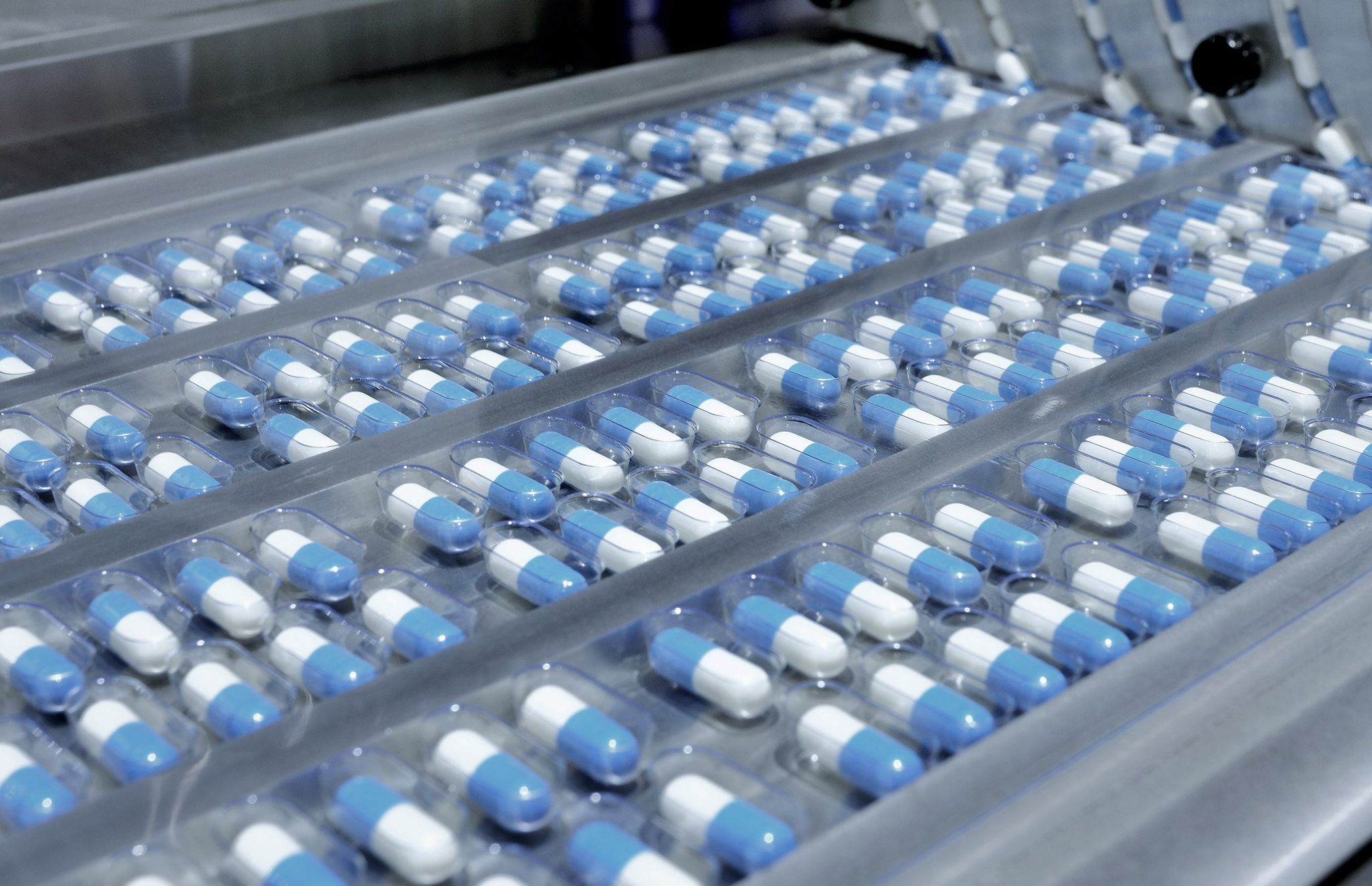
Introduction
Recently, the U.S. Food and Drug Administration, or the FDA, announced enhancement of the FDA's Paragraph IV Patent Certification List (the List) as part of the agency's stated goal of bringing more generic drugs to market faster in the United States. Here, we place the List enhancement into broader historical context, describe some key components of the enhanced List, and consider how List enhancement may impact generic drug resource prioritization and expenditure.
History, Context, and Challenges
The vast majority of drugs prescribed in the U.S. are generic.
The passage of the Hatch-Waxman Act, or H-W Act, created a regulatory pathway for generic drugs to come to market in the United States without having to duplicate the extensive, time consuming, and expensive testing conducted by the branded pharmaceutical company. If the success of the H-W Act is judged solely by the number of approved generic drugs, and by generic drug U.S. market share, then the H-W Act has been overwhelmingly successful. By the FDA's own statistics, in 2017, 90 percent of U.S. prescribed drugs were generic. And in the 2017-2018 timeframe, the FDA approved more than 2,000 abbreviated new drug applications, or ANDAs, for new generic drugs.
The BPCIA created a path to market for complex biosimilars and interchangeables.
Decades after the passage of the H-W Act, the Biologics Price Competition and Innovation Act, or BPCIA, created a regulated pathway for biosimilars—complex cell based biological drugs that are highly similar to complex branded biologic drugs—and for interchangeables—biosimilars that can be legally substituted for branded biologics by a U.S. pharmacist without a healthcare provider writing a prescription specifically for the biosimilar. Under the BPCIA, to date, the FDA has licensed 20 biosimilars. And the BPCIA, and the FDA's implementation of it, have created opportunities for the creation of new generic pharmaceutical companies, such as Biofactura, that are focused, at least in part, on developing high value biosimilars.
To date, no biosimilar biological drug has been approved as being "interchangeable" to the branded biological. This, and other areas for improvement, remain.
The FDA encourages and facilitates generic competition for branded drugs that are off-patent, and without market exclusivity; and complex generic drugs.
For example, some branded drugs have long ago lost patent protection, and are also no longer protected by FDA regulatory market exclusivities. Yet for several of these older branded drugs, no generic equivalent is available in the U.S. In some instances, lack of generic competition allowed branded drug manufacturers to drastically raise drug prices—resulting in public outcries and a significant economic challenge for some patients to afford these medications.
We previously wrote about a large price hike for one of these older drugs without patent or market exclusivity protection—daraprim—and actions of CEO Martin Shkreli, who was associated with daraprim's price hike. We have also described actions by organizations such as Fair Access Medicines to bring older drugs without patent or market exclusivity protection to patients at affordable prices. The FDA wishes to encourage generic competition for these drugs, and recently published a list of these drugs that do not have patent protection or market exclusivity to alert potential generic competitors to untapped market opportunities.
The FDA has also taken action to support the development of complex generic drugs, and prioritized the review of certain generic drugs under its First Generics Program. The First Generics Program prioritizes FDA review of substantially complete ANDAs where no generic alternative is available.
The List
Most recently, and in alignment with the Trump administration's priority of lowering prescription medication costs, the FDA updated or expanded the information in the List. The List is updated to now include: the number of submitted ANDAs, the 180-day decision status, the date of first filer applicant approval, the date of first commercial marketing, and the expiration date of the last qualifying patent. Some of the newly included information is available from other sources. For example, the Orange Book can be used in some instances to determine the expiration date of the last qualifying patent. As discussed below, some of the newly included information in the List is a significant and positive addition.
Two important updates include the number of ANDA applicants and 180-day status.
Two important updates to the List include the number of (potential first filer) ANDA applicants and information about 180-day exclusivity eligibility for a particular: drug, dosage form, and strength.
A significant economic benefit is provided to a generic drug manufacturer who is the first to: file a substantially complete ANDA, successfully challenge a branded patent, and bring the first generic drug to market. In such instances, the "first filing" generic enjoys 180 days of market exclusivity—sharing the U.S. market only with the branded drug.
In these circumstances, the generic can charge, for example, 80 percent of the price of the branded drug, and thereby make a profit for its successful efforts, and concurrently take significant market share away from the brand. Some generics make the majority of their profits by being first filers and gaining the benefit of the 180-day exclusivity period upon approval.
This equation changes if multiple first filers are eligible for, and share, the 180-day exclusivity period. If multiple first filers come to market at the same time, the profits and market share that would have been apportioned to one generic manufacturer are split among the several manufacturers, reducing profits and market share for each individual manufacturer.
By amending the List to include the number of potential first ANDA filers, and whether the FDA has determined if there is 180-day exclusivity eligibility, the FDA has taken steps to allow generic manufacturers to use the list to more accurately project the profit(s) they may make by coming to market, and therefore more effectively prioritize their development and marketing resources.
Conclusion
Updating the List by enlarging the content of the List will provide additional value to generic drug manufacturers. Generic drug manufacturers should consider using the updated list as one of their key business planning components, monitoring the List on a regular basis, and making adjustments to their business plans when appropriate.
For questions regarding the List, or any matter relating to generic pharmaceuticals, please contact Vern Norviel, David Hoffmeister, Georgia Ravitz, James Ravitz, or any member of the patents and innovation strategies or FDA/life sciences groups.
Charles Andres contributed to the preparation of this WSGR alert.
Contributors
- Privacy Policy
- Terms of Use
- Accessibility

